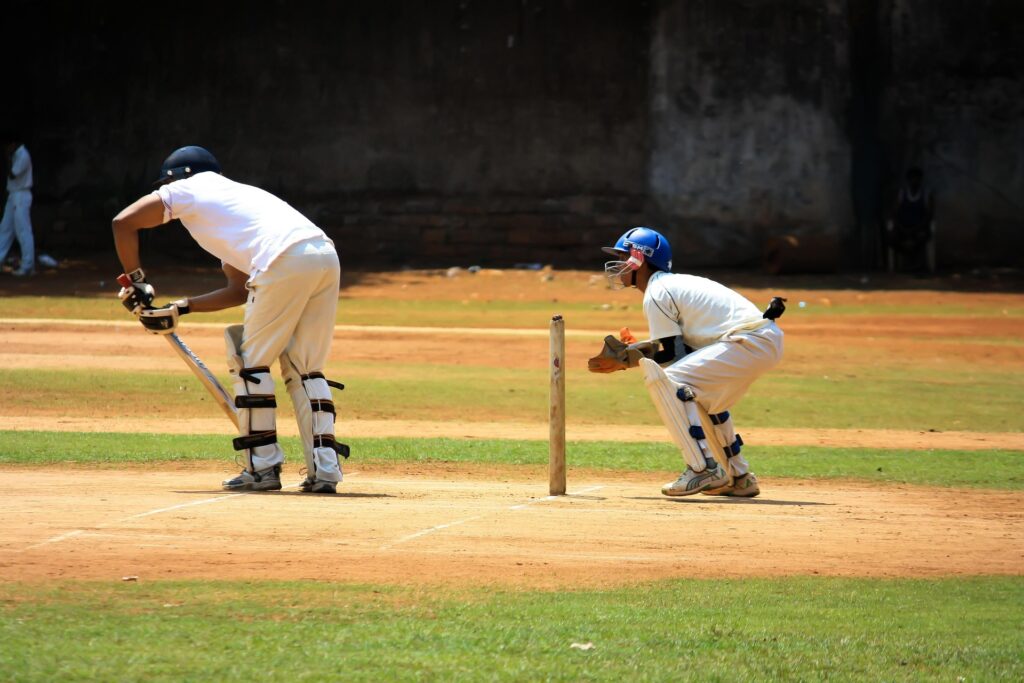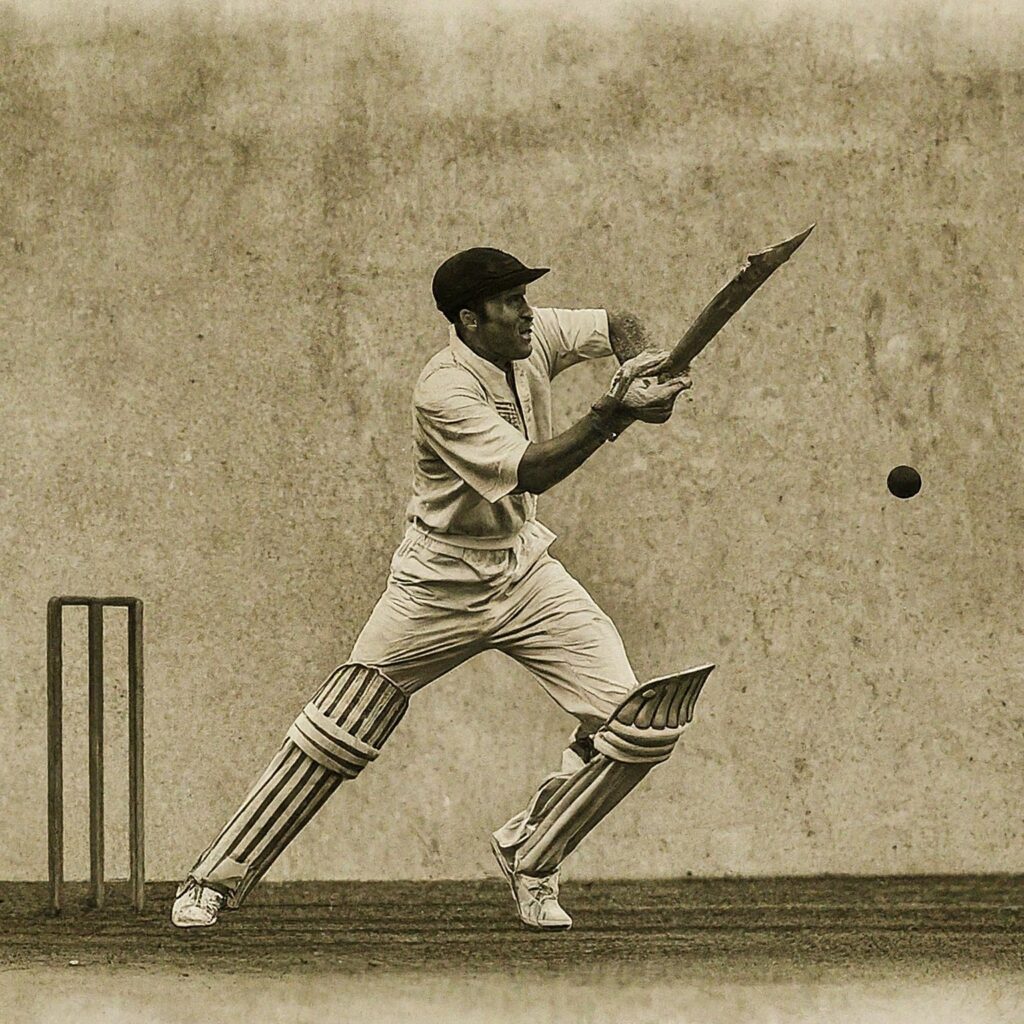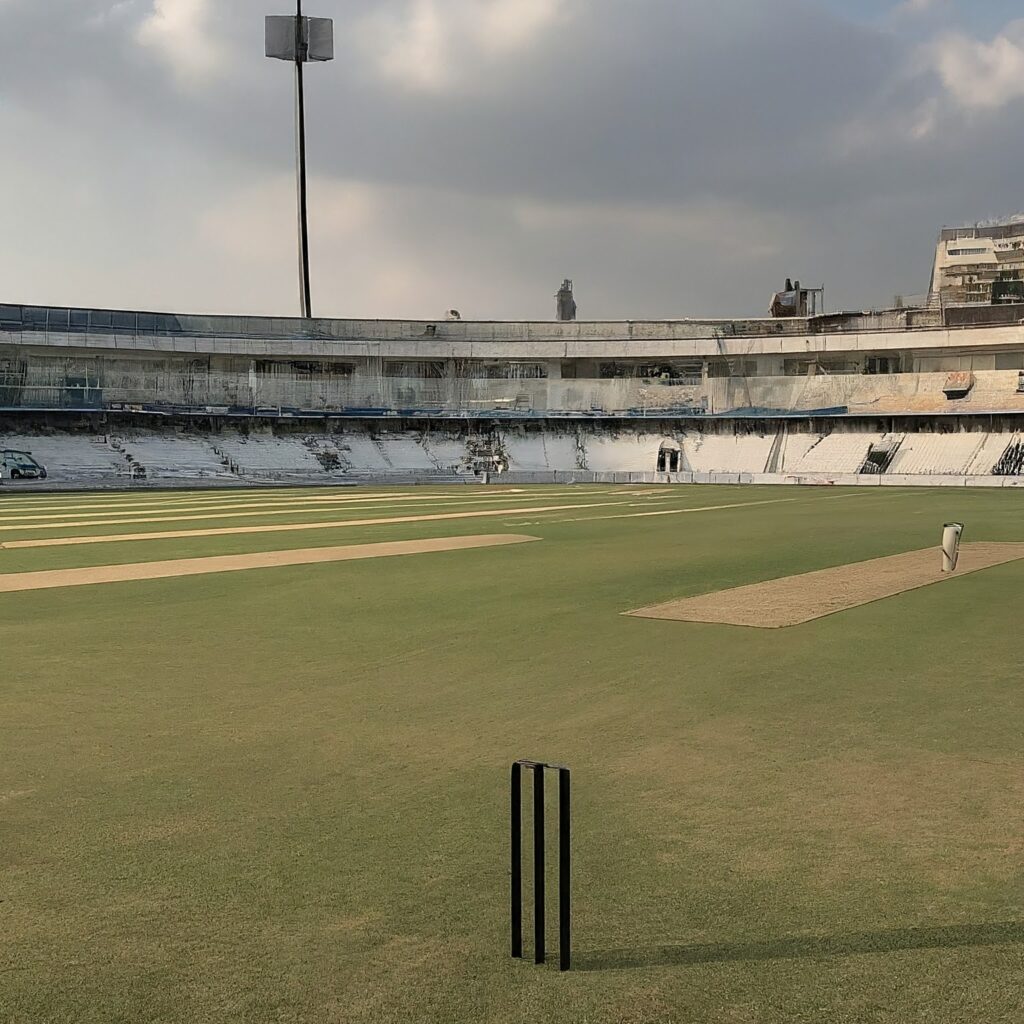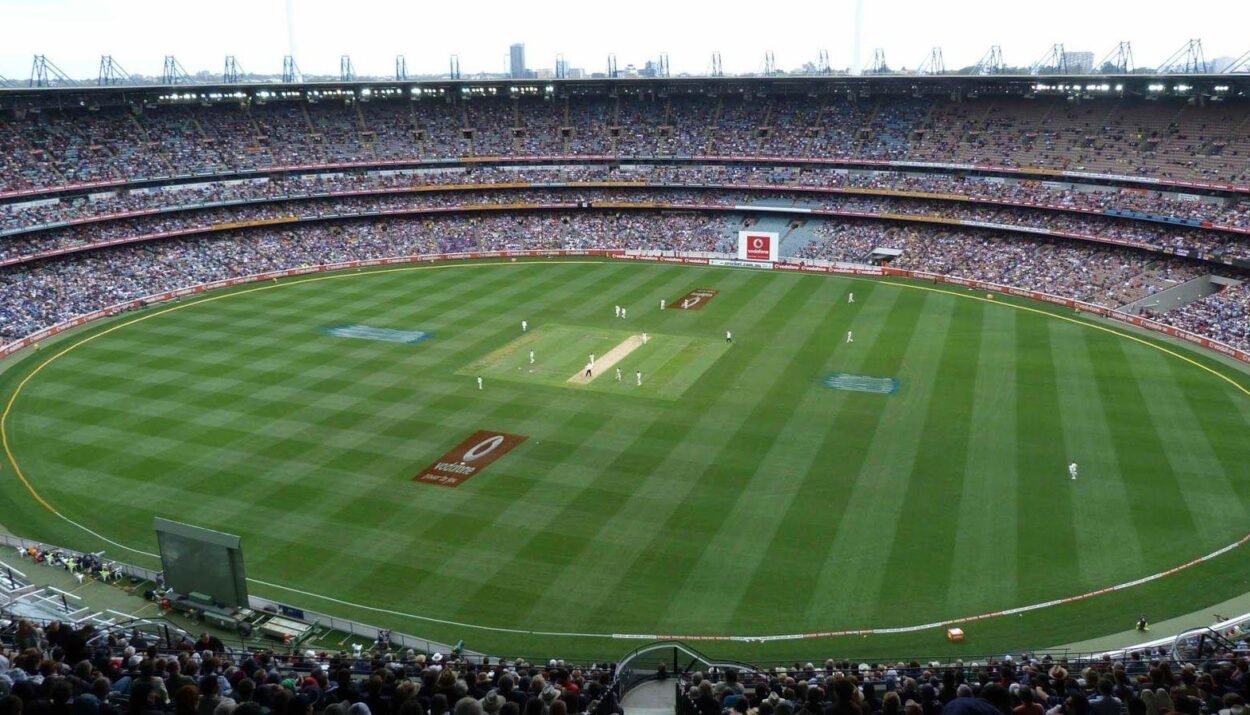Test cricket is a game, a test of endurance, skill, and strategic superiority. In a time of faster formats, this old-fashioned version of the game still attracts fierce fans. It is still the ultimate test of a player’s technique, patience, and mental fortitude. Test cricket can’t be beat, with its depth drama and history, and unforgettable moments. If T20s and ODIs are the instant pleasures, test cricket is the crème de la crème of the sport. But what makes it so special? Let’s dig into this incredible format.
The Saga Begins: Understanding Match Duration and Structure
Picture a giant chessboard on a patch of green grass where pieces are in continuous strategic motion. Cricket Test is a five-day epic, where two teams tell their story over two innings testing the limits of both stamina and technique.
What is a Test Match in Cricket?
In cricket, a Test match is a format of the game in which two sides engage in a grueling 5-day race. It requires tactics, skills, and mental toughness, and for this reason, few other forms of cricket are as challenging as Test cricket.
The Origins of Test Cricket
The inaugural Test match was played between England and Australia in 1877. The ICC World Cricket Cup has evolved over the years to become the gold standard of the game, with more and more countries taking its significance seriously. You are a cricket expert, test cricket is the eloquence of the game despite all changes in the trend of cricket.
The Rules of Test Matches
- Team Structure: Each team comprises 11 players, with a mix of batters, bowlers, and all-rounders.
- Match Duration: A Test match consists of four innings spread over five days, with each team batting twice.
- Victory Conditions: A team can win by runs or wickets, but draws and ties also add to the unpredictable nature of the format.
Historic Rivalries in Test Cricket
Legendary rivalries like the Ashes, between England and Australia, have helped shape the legacy of test cricket. There are only a handful of Test series that attract audiences millions across the globe, one being India vs. Pakistan, the other being England vs. South Africa, and the third being Australia vs. India.
How Long is a Test Cricket Match?
A Test cricket match is played for five days with each day having six hours of play. In contrast to shorter formats, where the outcome is a mere hour or two away, the intricacies of a Test match are revealed like the book of a compelling novel, with each passage exposing yet another layer of varnish.
Why Five Days?
Teams use a five-day format that allows them to develop their strategy and respond to changing conditions. Every session is vital, and a single moment of magic can change the course of events. It is that ability to maintain performance over days that makes test cricket the uniquely challenging experience it is.
Influence of Weather and Pitch Conditions
- Weather Impact: Cloud cover helps swing bowlers whilst dry conditions assist spinners. For better control over the variability of the game, rain interruptions are another layer of unpredictability.
- Pitch Deterioration: Pitches change over five days, first assisting fast bowlers and then deteriorating to aid spin. This leads to a balanced contest between bat and ball.
The Allure of Test Cricket’s Length
Five days may be a long time, but this approach allows the stories to develop organically. It is this one small thing that turns the excitement of Test matches into a fun and engaging experience for real fans — every run, every wicket, has meaning.
Why Test Cricket Remains Relevant in Modern Times

Despite being overshadowed by T20 and ODIs, test cricket remains the ultimate format. It is still the truest test of a cricketer’s ability and character.
The Mental Challenge
Test cricket is a game of concentration and patience. It is a duel between batter and bowlers, who need to defend against consistent bowling attacks while bowlers need to maintain discipline to disrupt partnerships. Great Test players are differentiated by the mental aspect.
Iconic Test Cricket Moments
After all, some of the greatest performances in Test cricket’s long history will be indelibly etched in our memories: Brian Lara’s 400*, Ben Stokes’ heroics in Headingley, Rahul Dravid’s unbroken 700 run-century, and of course the unrelenting battle between bat and ball. These moments bring out the drama and brilliance that is special to this format.
Adapting to Global Conditions
Test cricket can test a player across varied environments. Greatness in cricket is defined by the ability to succeed on England’s seaming decks, Australia’s bouncy tracks, or India’s spinning surfaces.
What Makes Test Cricket Special?
The great thing about Test cricket is that it forces players to balance skill and patience with uncertainty. Unlike the limited-overs formats that prioritize fast runs, test cricket rewards perseverance and strategic play.
How to Build an Innings in Test Cricket

Batters must build their innings by balancing the conditions with the counter-bowling attacks. Digs take patience, technique, and adaptability.
Bowling in Test Matches
- Seam And Swing: Early movement in the air and off the pitch is something fast bowlers love, especially in overcast conditions.
- Spin and Bounce: As the game matures, spinners assume a vital function and utilize variations to spike trouble for batters.
Fielding Strategies
Batters are also put under pressure by close-in fielders: at short leg or silly point, for example. The right field placement and sharp reflexes could make the points go in the favor of the team.

Test Cricket vs. Shorter Formats
While T20s and ODIs are all about entertainment, test cricket upholds the traditional form of the game. But can it sustain its success in details of our fast-moving media cricketing ground?
The Purist’s Delight
Match Test, to the traditionalist, the purest form of cricket. Every session counts and the strategic depth of the format is as good as ever.
Engaging the Next Generation
Day-night Test matches and the World Test Championship have been other innovations that have helped the format revive interest. Pink-ball Tests have drawn crowds, and the championship has introduced context in the form of competitive stakes to bilateral series.
Conclusion
The very essence of cricket can be seen in test matches, a unique entity where strategy, tempo, and skill come together in one place. It’s a format that brings out the best in players and provides fans with a richly immersive experience. Although the shorter formats attract a newer breed of audience, the legacy and importance of test cricket are intact. It is more than a format; it is a tribute to the magic and greatness of cricket. Test cricket will always have a special place in the sport’s history for those who will seek out the depths of the game.
Read more about cricket here
Related post:










